Premium Only Content
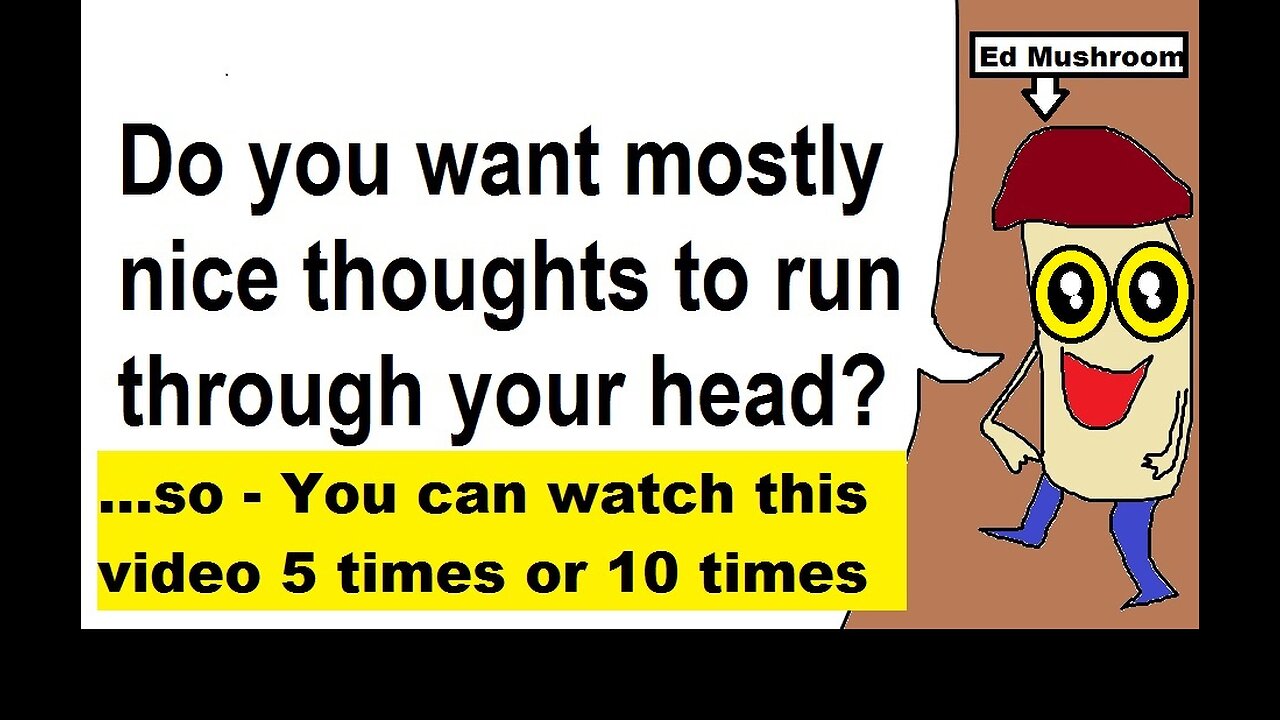
EMERGENCY PROGRAMMING - Changing Concentration - CARTOONS - version 2 - Silent Version
Animation is a filmmaking technique by which still images are manipulated to create moving images. In traditional animation, images are drawn or painted by hand on transparent celluloid sheets (cels) to be photographed and exhibited on film. Animation has been recognized as an artistic medium, specifically within the entertainment industry. Many animations are computer animations made with computer-generated imagery (CGI). Stop motion animation, in particular claymation, has continued to exist alongside these other forms.
Animation is contrasted with live-action film, although the two do not exist in isolation. Many moviemakers have produced films that are a hybrid of the two. As CGI increasingly approximates photographic imagery, filmmakers can easily composite 3D animations into their film rather than using practical effects for showy visual effects (VFX).
Special Thanks:
Aurora Kane & Ben Affleck & Rowan Atkinson & Jennifer Aniston & Aaliyah & Amy Adams & Woody Allen & Edward Asner & Richard Attenborough & Charlie Adler & Wes Anderson & Jeff Bridges & Bjork & Alec Baldwin & Marlon Brando & Anne Bancroft & Christian Bale & Xander Berkeley & Kenneth Branagh & Jessica Biel & Adrien Brody & Scott Bakula & Barry Bostwick & Cate Blanchett & Jeff Bennett & Jim Cummings & Kevin Costner & Sean Connery & Glenn Close & John Cusack & Jim Carrey & Michael Caine & Cher & Jackie Chan & Joan Chen & James Caan & George Clooney & Vin Diesel & Robert De Niro & Leonardo DiCaprio & Robert Duvall & Brian Dennehy & Claire Danes & Olympia Dukakis & Peter Dinklage & Faye Dunaway & Danny DeVito & Matt Damon & Michael Douglas & Clint Eastwood & Cary Elwes & Eminem & Emilio Estevez & Enya & Giancarlo Esposito & Danny Elfman & Jeff Bezos & Walt Disney & Sean Astin & Susan Blu & Derren Brown & Kmyle with Max Von Sydow and Arnold Stang
Computer animation can be very detailed 3D animation, while 2D computer animation (which may have the look of traditional animation) can be used for stylistic reasons, low bandwidth, or faster real-time renderings. Other common animation methods apply a stop motion technique to two- and three-dimensional objects like paper cutouts, puppets, or clay figures.
A cartoon is an animated film, usually a short film, featuring an exaggerated visual style. The style takes inspiration from comic strips, often featuring anthropomorphic animals, superheroes, or the adventures of human protagonists. Especially with animals that form a natural predator/prey relationship (e.g. cats and mice, coyotes and birds), the action often centers on violent pratfalls such as falls, collisions, and explosions that would be lethal in real life.
The illusion of animation—as in motion pictures in general—has traditionally been attributed to the persistence of vision and later to the phi phenomenon and beta movement, but the exact neurological causes are still uncertain. The illusion of motion caused by a rapid succession of images that minimally differ from each other, with unnoticeable interruptions, is a stroboscopic effect. While animators traditionally used to draw each part of the movements and changes of figures on transparent cels that could be moved over a separate background, computer animation is usually based on programming paths between key frames to maneuver digitally created figures throughout a digitally created environment.
Analog mechanical animation media that rely on the rapid display of sequential images include the phénakisticope, zoetrope, flip book, praxinoscope, and film. Television and video are popular electronic animation media that originally were analog and now operate digitally. For display on computers, technology such as the animated GIF and Flash animation were developed.
In addition to short films, feature films, television series, animated GIFs, and other media dedicated to the display of moving images, animation is also prevalent in video games, motion graphics, user interfaces, and visual effects.[1]
The physical movement of image parts through simple mechanics—for instance, moving images in magic lantern shows—can also be considered animation. The mechanical manipulation of three-dimensional puppets and objects to emulate living beings has a very long history in automata. Electronic automata were popularized by Disney as animatronics.
-
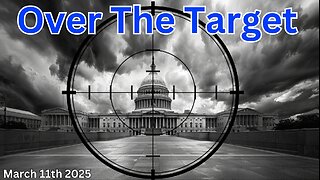 LIVE
LIVE
Wendy Bell Radio
5 hours agoOver The Target
12,994 watching -
 LIVE
LIVE
Bitcoin Policy Institute
1 hour agoBitcoin for America
490 watching -
 LIVE
LIVE
2 MIKES LIVE
1 hour agoTHE MIKE SCHWARTZ SHOW with DR. MICHAEL J SCHWARTZ 03-11-2025
290 watching -
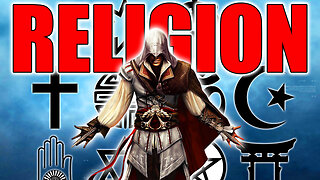 34:43
34:43
Degenerate Jay
23 hours ago $2.60 earnedAssassin's Creed Was Always Anti-Religion?
21.5K5 -
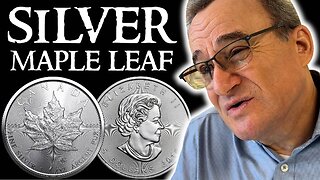 6:41
6:41
Silver Dragons
19 hours agoCanadian Silver Maple Leaf Coins - Dealer Reveals Everything You NEED to Know
14.3K2 -
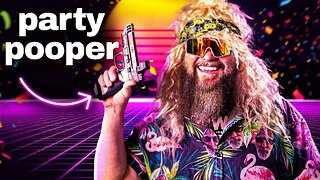 8:42
8:42
Dangerous Freedom
17 hours ago $2.07 earnedThe M&P Competitor SHREDS—But Did Smith & Wesson Screw It Up?
18.8K2 -
 1:12:50
1:12:50
MTNTOUGH Fitness Lab
17 hours agoSTOP Living in Fear: Why Some People Rise From Tragedy AND OTHERS DON'T | Ryan Manion
13.7K -
 8:03
8:03
Alabama Arsenal
1 day ago $0.86 earnedWoox Bravado | Modern Features Meet Timeless Style
20.1K2 -
 2:49:10
2:49:10
TimcastIRL
14 hours agoElon Musk Says X Hit By MASSIVE Cyberattack From Ukraine, Rumble Hit Too w/Ben Davidson| Timcast IRL
263K138 -
 2:05:10
2:05:10
Kim Iversen
16 hours agoFree Speech for Me, But Not for Thee: Trump Admin’s Protester Crackdown Sounds MAJOR Alarms
102K501